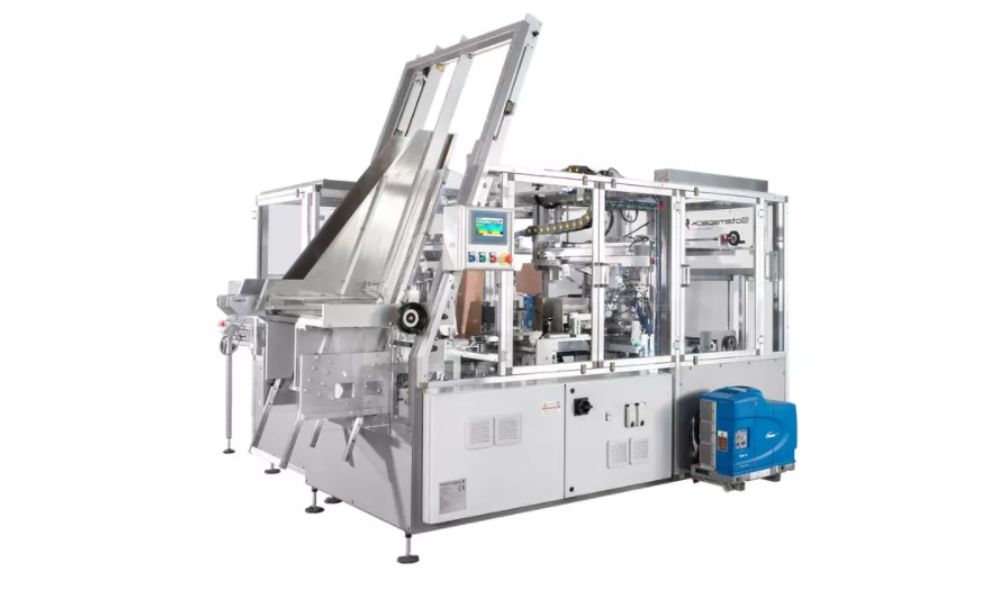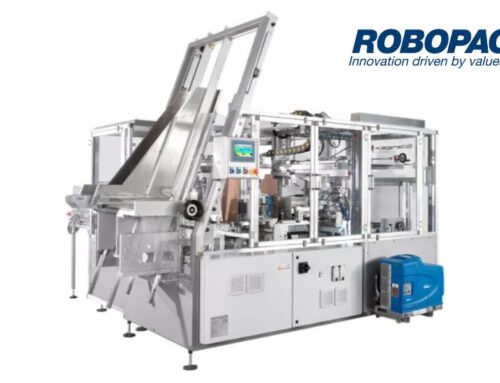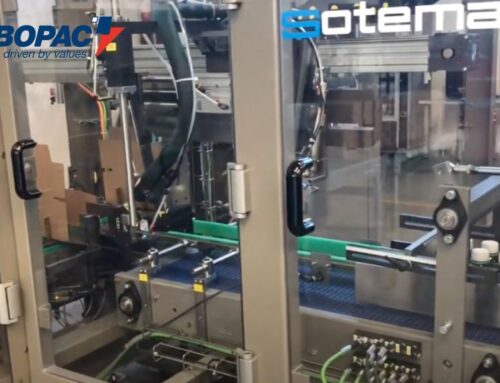Modern businesses are always on the lookout for ways to be more sustainable. By reducing waste and using materials efficiently, you can create more cost-effective processes that reduce your carbon footprint while also aiding your budget. One of the greatest opportunities for sustainability lies within product packaging.
Circular packaging is a packaging method that helps support and enhance sustainability efforts for your business. But how exactly does circular packaging work, and what benefits does it bring to your business? Learn more about the principles, goals, and benefits of implementing these efforts in your supply chain with this guide on everything you need to know about circular packaging.
An Introduction to Circular Packaging
Simply put, circular packaging is a method that focuses on minimizing material waste. It includes reworking packaging design to reduce material usage, emphasizing recyclable, compostable, or biodegradable packaging materials, and finding ways to reuse packaging materials.
Companies that prioritize these efforts lower the amount of packaging material waste they produce while also saving money on packaging and improving their carbon footprint. Below are a few examples of what key circular packaging principles look like in practice.
Streamlining Packaging Design
One of the main goals of circular packaging is reducing the amount of packaging materials you use by creating thoughtful packaging designs that are both efficient and effective. Rethinking packaging to create designs that protect products without using excess materials helps reduce waste without sacrificing the safety or quality of products. Smart and creative packaging designs are key to keeping products in great condition while saving money and reducing material waste.
Reusing Packaging
Circular packaging also involves reusing packaging as much as possible. Recovering primary and secondary packaging materials at the end of the supply chain allows companies to reuse these materials in different ways. Whether you design packaging for your business to use again and again or recycle used packaging to turn into new materials, reusing packaging helps create multiple life cycles for your packaging materials. This minimizes single-use packaging and helps keep materials out of landfills.
Recycling or Composting Packaging
Even if you can’t reuse certain materials, you can still support circular packaging by recycling, composting, or finding other alternatives to simply throwing packaging away. Businesses that use circular packaging prioritize compostable or recyclable packaging materials.
Furthermore, they work to educate both employees and consumers on best practices for recycling. These efforts help keep packaging materials out of landfills and promote cleaner, more sustainable packaging efforts.
The Benefits of a Circular Economic Model
One of the key things to know about circular packaging is that it stems from and supports the idea of a circular economy, which is a model that emphasizes reducing and reusing materials to minimize waste. The circular economic model follows a “cradle to cradle” philosophy that encourages recycling, redesigning, and reusing materials again and again. This creates a sustainable cycle for materials to move through rather than sending materials straight to a landfill after a single use.
Sustainability is a key benefit of the circular economic model. It allows businesses to focus on minimizing waste, lowering their carbon footprint, and encouraging environmentally friendly materials and practices. All of this helps companies combat climate change and create a cleaner, healthier environment.
The Dangers of Packaging Waste
Companies that don’t pay attention to their supply chains can quickly end up with wasteful, expensive, and damaging packaging workflows. Without sustainability efforts such as circular packaging, your business will end up with excess waste and single-use materials that contribute to landfills and ocean pollution. Packaging waste creates a lot of unnecessary challenges for businesses. If your company ignores environmental efforts or is responsible for excess waste, it reflects poorly on your brand image and can lead to a damaged reputation and loss of business.
Furthermore, the amount you spend on single-use materials can drain your budget. By switching to circular packaging, you make your packaging materials more valuable and cost-effective. As a result, you save money, reduce waste, and create a more efficient and sustainable packaging workflow for your business.
Circular Packaging With Different Materials
Companies have a wide range of materials to choose from when designing their packaging, including paper products, glass, metal, and plastic. Each of these choices has advantages and drawbacks, so it’s important to examine all your options and consider how each one affects your circular packaging efforts.
Paper Packaging
Paper packaging includes cardboard, paperboard, and other materials that consist of paper or fiber materials. This form of packaging is often recyclable, compostable, or biodegradable. It’s also a renewable resource, making it a fantastic packaging option in terms of sustainability. However, paper packaging doesn’t have the best moisture resistance, and it lacks the strength and durability of other packaging materials, especially when you use it on its own.
Relying purely on paper packaging because of its sustainable properties can lead to higher rates of product damage, which ultimately increases waste. To support circular packaging efforts, it’s best to balance paper packaging with other eco-friendly materials.
Glass Packaging
Glass packaging is a popular choice for food and beverage products. Glass packaging is strong and holds up well against environmental factors like moisture and temperature changes. It’s also relatively easy to reuse. You can even use recycled glass to ensure more sustainable packaging.
However, glass is a heavier packaging material, which means it weighs down workflows and can lead to less efficient product shipping. Furthermore, some areas face barriers when it comes to glass recycling, meaning many glass packaging designs end up in the trash. Making recycling efforts intuitive and accessible can help make glass packaging more sustainable for businesses.
Metal Packaging
Like glass, metal is a strong and durable packaging option. It’s also relatively easy to recycle and reuse—if metal recycling is available and accessible in your area. Combining metal packaging with cardboard or other more biodegradable or renewable materials can help create a balanced packaging solution that offers both durability and sustainability.
Plastic Packaging
Plastic packaging offers many benefits; it’s flexible, lightweight, and moisture resistant. These qualities make plastic bottles, bags, stretch film, and other materials a great solution for versatile, protective packaging.
However, plastic is nonbiodegradable and isn’t always easy to recycle. If you use plastic packaging, you must be careful to prioritize recycled and recyclable plastic. Finding ways to reuse your plastic packaging materials and educating customers and employees on how to properly recycle these materials makes it easier to use plastic responsibly within a circular packaging model.
Improve Sustainability With the Right Packaging Solutions
In addition to using materials wisely, it’s important to use packaging equipment accordingly. When you invest in advanced secondary packaging equipment, such as Robopac USA’s wrap around machines, you enhance your workflow with flexible, efficient, and sustainable solutions. See how the right equipment can support your sustainability efforts when you work with the experts at Robopac USA.








